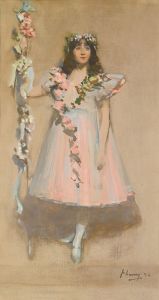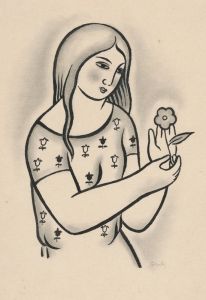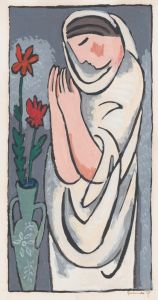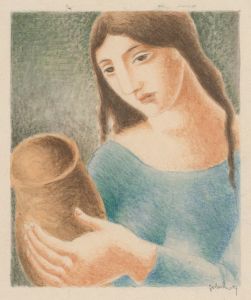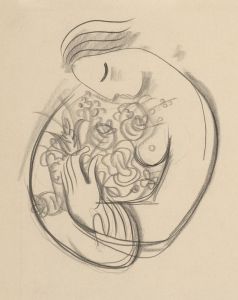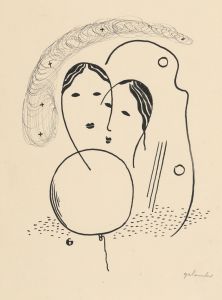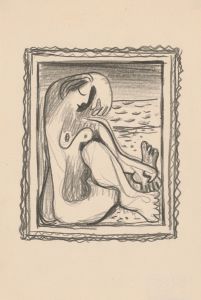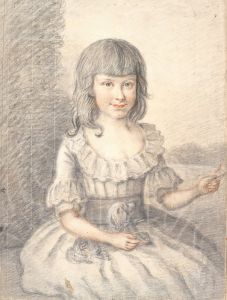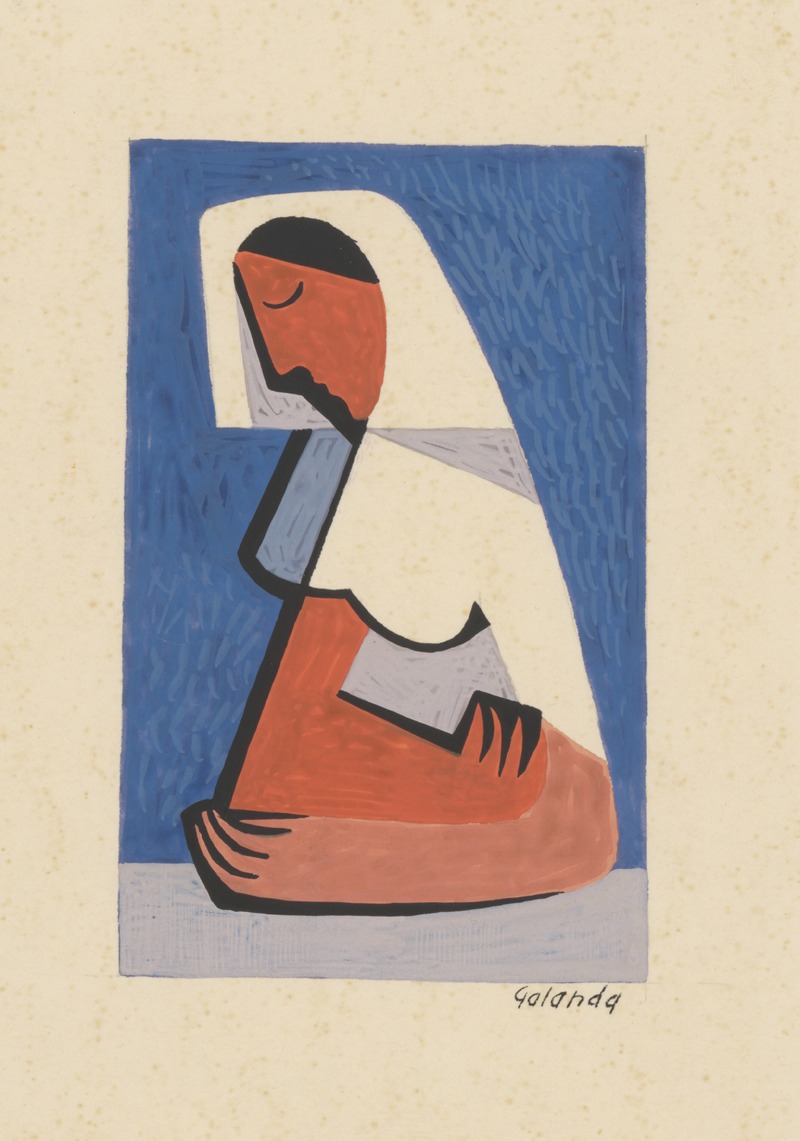
A Girl at a Table
A hand-painted replica of Mikuláš Galanda’s masterpiece A Girl at a Table, meticulously crafted by professional artists to capture the true essence of the original. Each piece is created with museum-quality canvas and rare mineral pigments, carefully painted by experienced artists with delicate brushstrokes and rich, layered colors to perfectly recreate the texture of the original artwork. Unlike machine-printed reproductions, this hand-painted version brings the painting to life, infused with the artist’s emotions and skill in every stroke. Whether for personal collection or home decoration, it instantly elevates the artistic atmosphere of any space.
Mikuláš Galanda was a prominent Slovak painter and illustrator, known for his significant contributions to modern Slovak art in the early 20th century. Born on May 4, 1895, in Turčianske Teplice, Slovakia, Galanda was a key figure in the development of Slovak modernism. He was part of the "Generation 1909," a group of Slovak artists who sought to bring modernist ideas to Slovak art, blending local traditions with avant-garde styles.
One of Galanda's notable works is "A Girl at a Table." This painting exemplifies his unique style, which often combined elements of Cubism, Expressionism, and Symbolism. Galanda's work is characterized by its bold use of color, simplified forms, and expressive lines, which can be seen in this particular piece.
"A Girl at a Table" depicts a young girl seated at a table, rendered in Galanda's distinctive style. The composition is marked by its geometric simplification and the use of vibrant colors, which are hallmarks of Galanda's approach to painting. The girl's figure is stylized, with an emphasis on form and color over realistic representation. This approach reflects the influence of modernist movements that Galanda encountered during his studies and travels.
Galanda studied at the Academy of Fine Arts in Budapest and later in Prague, where he was exposed to various modernist movements that influenced his artistic development. His exposure to European avant-garde art is evident in the way he incorporated elements of Cubism and Expressionism into his work, creating a unique fusion that was both modern and distinctly Slovak.
Throughout his career, Galanda was deeply committed to the idea of creating a national art that was modern yet rooted in Slovak culture. He believed that art should reflect the spirit of the times while also drawing on local traditions and themes. This philosophy is evident in "A Girl at a Table," where the modernist style is used to depict a subject that is both universal and intimately connected to Slovak life.
Galanda's work, including "A Girl at a Table," played a crucial role in the development of Slovak modern art. His paintings and illustrations were not only artistic expressions but also cultural statements that sought to define a modern Slovak identity. Despite facing challenges during his career, including political and social upheavals, Galanda remained dedicated to his vision of art as a means of cultural expression and national identity.
Mikuláš Galanda passed away on June 5, 1938, but his legacy continues to influence Slovak art. His work is celebrated for its innovative approach and its contribution to the cultural and artistic heritage of Slovakia. "A Girl at a Table" remains an important piece within his oeuvre, exemplifying the blend of modernist techniques and national themes that define Galanda's artistic legacy.






